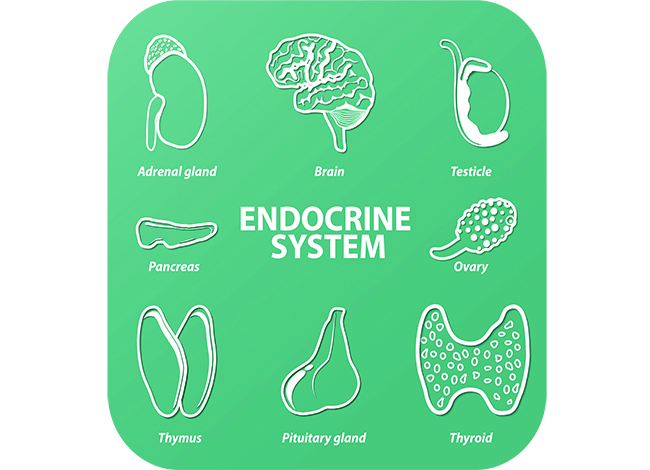Introduction

The endocrine system is composed of various glands located throughout the body. These glands synthesize and release special chemical messengers called hormones.
OBJECTIVES
- Classify the types of hormones, their receptors, and their proposed mechanisms of action.
SEQUENCE
